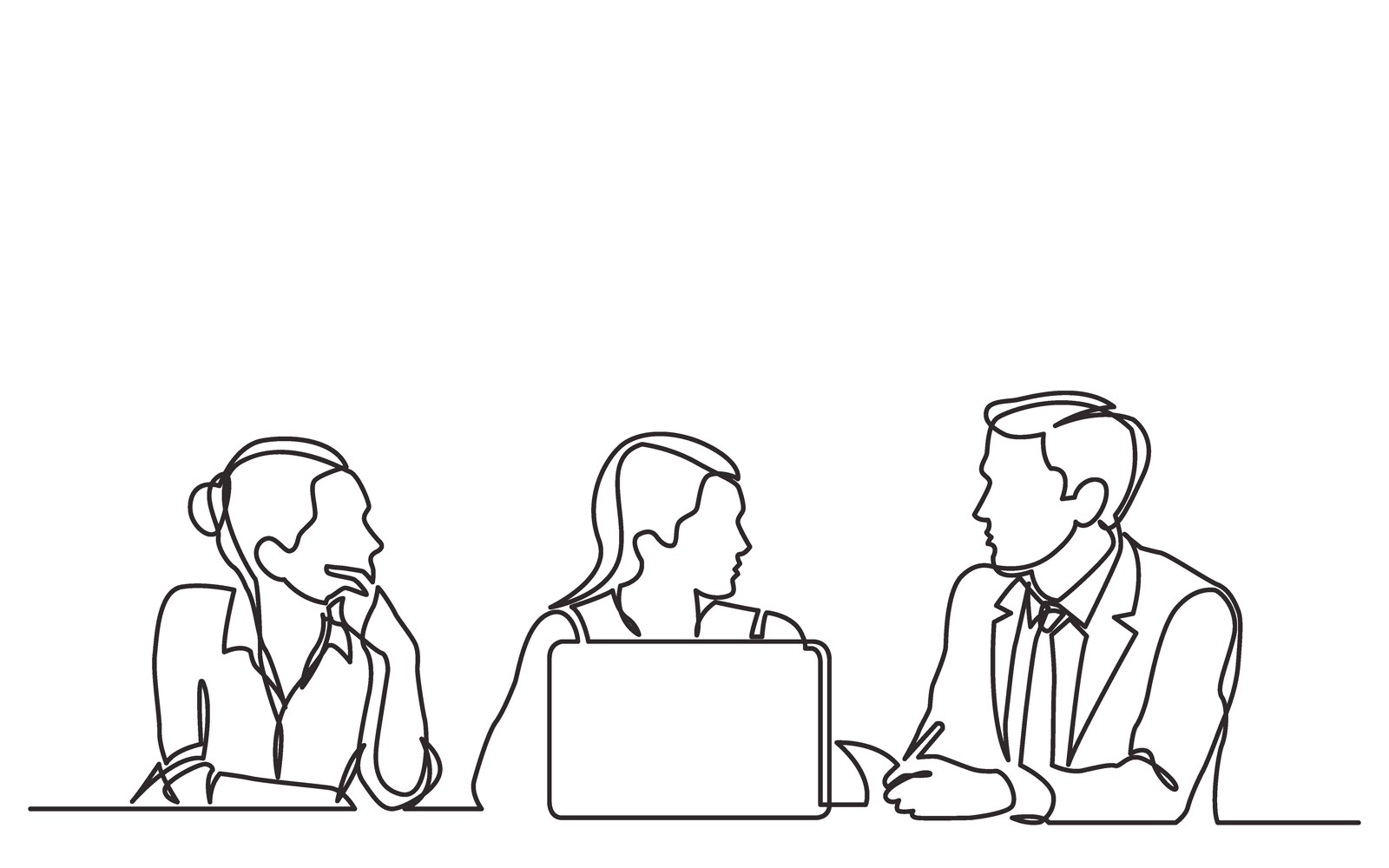Is it time to try something new?
The cycle of improvement depends on learning to leap and repeat the ‘S-curve’ process
A client contacted me out of the blue a month or so ago and, after a long chat and a catch-up, we decided now was a good time to start working together again. Why now? He told me that after the period of lockdown he felt that it was the right time to make the changes in his practice and professional life that he had been putting off for several years.
He is someone who already has a successful practice with a good team and happy patients but knows that he has more to give and doesn’t want to miss the opportunity to disrupt what he is currently doing and create the next part of his life.
We have passed into and continue to undergo the largest period of disruption most of us have seen in our lifetimes. Usually when we make changes in our lives they are incremental and depend upon our own instinctive attitude to risk. This time we have had little choice about the circumstances but we can seize the opportunity this disruption has given us to initiate and embrace our evolution.
When I start the journey with a client it takes time to establish enough trust to discover what they truly want to achieve. The fact that they have engaged me means they know something isn’t right; more often than not, that “something” is a symptom of a deeper concern and it takes work to bring it to the surface. My role in life is to ensure that the work we do together brings the right results for them.
Whitney Johnson has described “The S-curve of Learning”. At the lower end of the curve you are inexperienced, your growth is slow and little seems to happen. As time passes you become increasingly engaged, the curve is steeper and you hit the “sweet spot” where much happens in a short space of time. Finally, at the high end of the curve, as it flattens again you reach mastery – but you also stop making great improvements. This is the point at which you should jump on to your next S-curve and start the process over again.
The cycle of improvement depends on learning to leap and repeat the S-curve process. If you do not repeat, the curve falls away and growth ceases.
The theories are all very well, but we know that life gets in the way and while we may make progress it is usually gradual and slow, often frustratingly so.
At the moment the consequences of the Covid pandemic present great opportunities for change. Normal practices and habits are disrupted already with patients and teams learning new ways of working. Now is the ideal time to take a long, hard look at what you are doing and to introduce any changes that have been merely unfulfilled aspirations in the past.
For too long, probably due to its pre-anaesthetic history, dentistry and dentists have been reactive. The original model was one where the patient attended with a problem to be sorted out satisfactorily until the next time something went wrong.
Over the past couple of generations progress has been made from where the focus was purely on disease to one where health is gradually coming to the forefront. Regular attendance is now taken as best practice, prevention is a reality for some, if not all, and dentistry and its benefits have a greater profile.
This is an ideal time to change the ways that you practice dentistry. The opportunities to engage, to talk with and listen to your patients have actually increased.
We all have dreams of being better, of delivering patient care that is satisfying and done in a way that brings satisfaction and rewards. A way that chimes with your core values and aspirations. The present disruption creates an opportunity to rid yourself of the limitations, constraints and frustration of the past by creating a future that plays to your strengths. Are you going to make the changes now or will you just swap the pre-Covid treadmill for a post-Covid one that is equally frustrating? What’s stopping you?
About the author

Alun K Rees BDS is The Dental Business Coach. An experienced dental practice owner who changed career he now works as a coach, consultant, trouble-shooter, analyst, writer and broadcaster. He brings the wisdom gained from his and others’ successes to help his clients achieve the rewards their work and dedication deserve.

Comments are closed here.